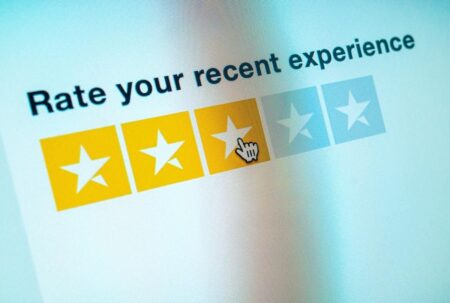Massimiliano Melis is the COO of AITEM, a company specializing in AI development, and owner of LAIKA, the veterinarian copilot.
As I recently reported in a previous article, the veterinary sector has thus far been poorly supported by digital innovation. The profession has largely been taught with conventional methods, but with the rise of AI, another powerful tool is now available to veterinarians, and many professionals and their faculties are starting to embrace this new technology.
I’ve already written about how this technology can help optimize workflows; now, I want to dig a bit deeper into how AI can be used to improve the relationship between veterinarians and patients.
The Veterinarian-Patient Relationship
While a HABRI survey found that “87% of pet owners globally would pay whatever it takes if their pet needed extensive veterinary care,” and an AVMA survey states that 88% of respondents agree that having the veterinarian physically examine their pet and talk to them in person is what leads to the best care, it is still common for the relationship between pet parents and vets to be exposed to conflict.
One of the most significant challenges is communication: Pet owners may struggle to accurately describe symptoms or behaviors, leading to incomplete or unclear case histories. This can result in delayed diagnoses or ineffective treatments, especially when subtle or early-stage conditions are involved.
Additionally, veterinarians frequently face immense workload pressure, balancing administrative duties, emergency cases and routine appointments. This pressure can limit the time available to thoroughly explain diagnoses, treatment plans and follow-up care to pet owners. In my experience, these two factors can hinder trust and satisfaction on both ends.
The Role Of AI
In another article, I mentioned how AI can be used to improve pet care. On that occasion, I was focusing more on the workflow side. But the rise of large language model (LLM)-based AI, such as the famous ChatGPT, is enabling several other opportunities, such as using bots to answer owners’ questions or creating systems that provide guided steps to best describe pets’ symptoms.
If you’re facing hurdles in communication with pet owners, you can also leverage AI to help educate pet parents before they come to the clinic, which can both help improve the pet care journey and give you more time to focus on the pet’s health and on describing the case to the owner. AI can further be used to tackle workload balance, as there are various ways to apply AI tools across your workflow, giving you more time to focus on pet health.
The Role Of Data And Transparency
We’re all living in a digital world; data is present everywhere, and almost any activity performed online is metered. This may sound scary, but look at the good side: The availability of digitalized data can bring more transparency and awareness to a situation, as depicted in this Health for Animals article.
In my experience, making data and transparency more available to both vets and owners can help foster better relationships. If properly reported and visualized with digital tools, data that may normally be difficult to read can become readable for owners, giving them a clearer view of their beloved pets’ health. Also, digitalized data can enhance your work by summarizing data views to decrease the time needed to diagnose.
Case Studies: Cornell University And UC Davis
There are several success cases of AI adoption in vet practice, and I’d like to mention two involving universities. One comes from UC Davis, where their work spans from identifying patterns with AI tools to standardizing the assessment of inflammation and automating patient diagnosis in real time.
The second use case is related to Cornell’s College of Veterinary Medicine: A team developed AI-driven applications to leverage their vast clinical and diagnostic datasets. One of the key tools, “Case Search,” allows for instant searching of millions of clinical cases recorded since the 1970s. This application enables clinicians and researchers to access comprehensive case histories, diagnostic tests and treatments for specific conditions or species.
Another tool, “Cohort Builder,” simplifies the identification of patient groups for research, saving researchers significant time in conducting retrospective studies. These tools are being used to enhance evidence-based veterinary decision making and streamline both clinical and educational processes at the university.
Opportunities And Challenges For AI Adoption
Let’s start with the challenges: AI is new. It has created a lot of buzz, but people who don’t know much about it yet may be wary of using it. AI is also not perfect, as demonstrated by LLM hallucinations, so the responses of any AI system need to be validated by veterinarians before they are used to provide a professional output. However, it has been my experience that learning how the tech works can enable proper adoption and allow veterinarians to save time, which can lead to more accuracy and more focus on pets and pet parents.
Conclusion
AI is a disruptive technology that showed accelerated penetration into the market in 2023 and is one of the fastest-growing technologies to date. As with any technological revolution, there will be a part of the population—including employees and workers—who are nervous about the pace of change and the unknown. But I believe AI should be perceived as a tool to augment what we do. By joining the reskilling revolution and integrating AI tools effectively, leaders in the veterinary sector can be ready to embrace this change fearlessly.
Forbes Business Council is the foremost growth and networking organization for business owners and leaders. Do I qualify?
Read the full article here











